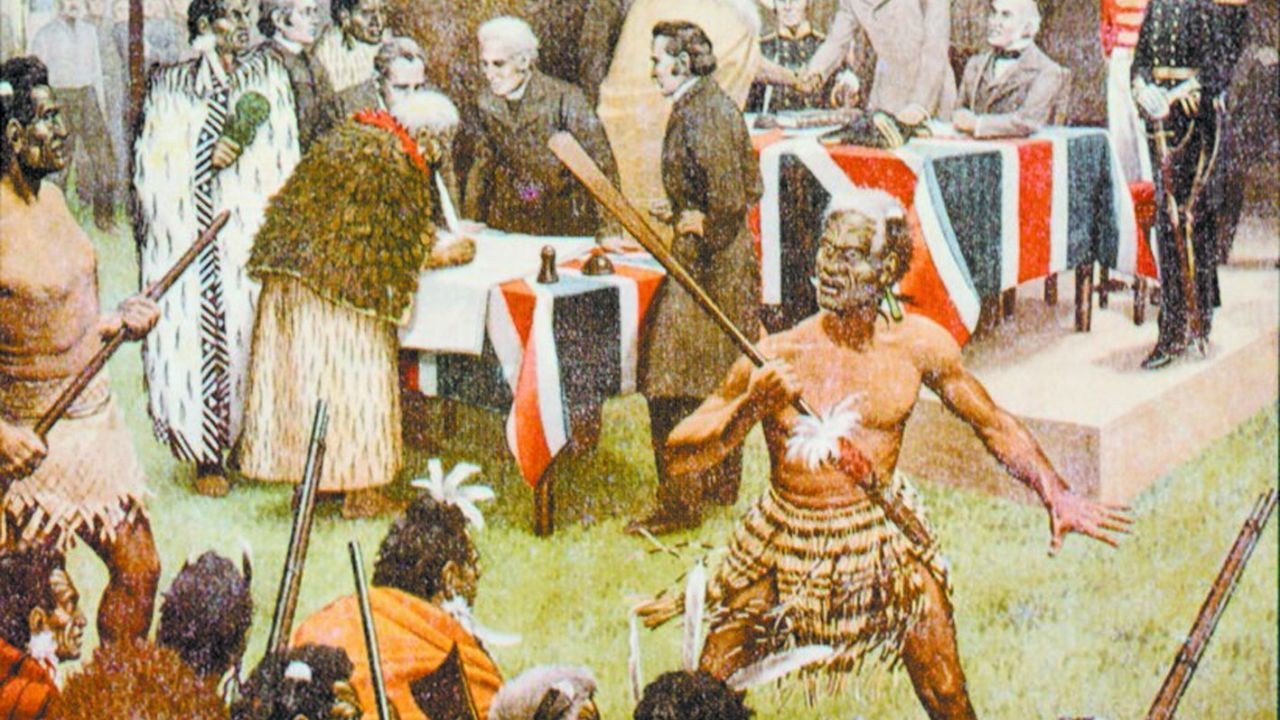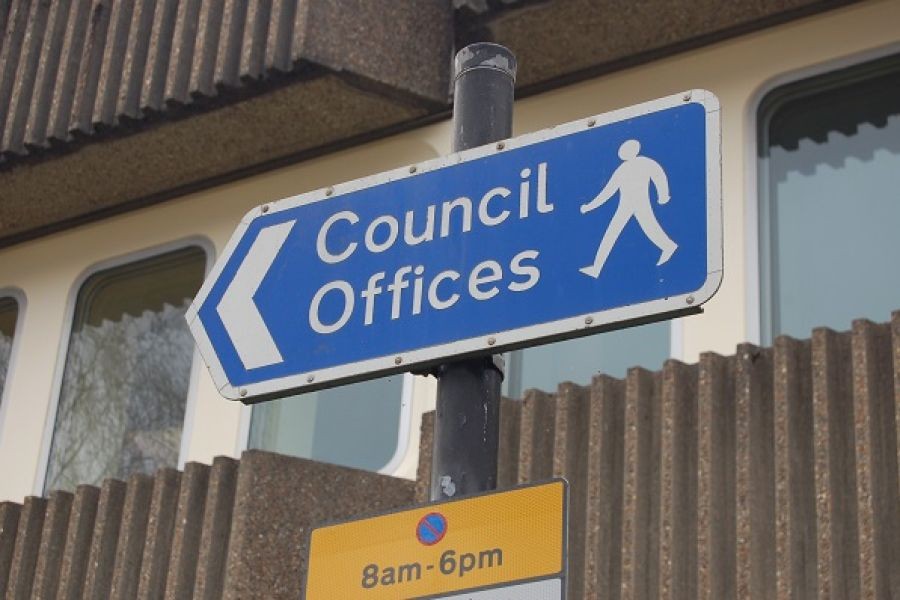In the vast tapestry of New Zealand's history, the Treaty of Waitangi stands as a pivotal moment, symbolizing the intersection of indigenous rights and colonial ambitions. Signed in 1840 by over 500 Māori chiefs and representatives of the British Crown, this treaty laid the foundation for New Zealand's bicultural framework. Yet, its implications extend far beyond the historical narrative, influencing modern policies, economic strategies, and societal shifts. As technology strategists, understanding the Treaty of Waitangi is crucial to navigating New Zealand's unique legal and cultural landscape.
The Treaty of Waitangi: A Historical Overview
The Treaty of Waitangi, signed on February 6, 1840, was New Zealand's founding document. It was intended to establish a framework for governance and trade between Māori and the British Crown. However, the differences between the English and Māori versions of the treaty have led to ongoing debates about its interpretation and implementation.
In the English version, the treaty ceded sovereignty to the British Crown while guaranteeing Māori rights to their lands and resources. The Māori version, however, used the term "kawanatanga," which translates to "governance," sparking disputes over the extent of authority transferred. This linguistic discrepancy has fueled numerous legal battles and remains a cornerstone of New Zealand's socio-political landscape.
The Treaty’s Impact on Modern New Zealand
The Treaty of Waitangi's influence permeates various facets of contemporary New Zealand, especially in areas like economic policy, environmental management, and technology development. Understanding its implications can provide a strategic advantage for businesses and policymakers alike.
Economic Growth and Indigenous Rights
New Zealand's economy has evolved significantly since the treaty's signing, with Māori assets now estimated to be worth over NZD 50 billion, according to the Ministry of Business, Innovation, and Employment (MBIE). This economic empowerment is largely due to treaty settlements and the recognition of Māori rights over natural resources.
For technology strategists, this presents opportunities to collaborate with Māori enterprises, fostering innovation that respects indigenous knowledge and practices. Incorporating Māori perspectives into sustainable development projects can enhance community engagement and bolster social license.
Case Study: Ngāi Tahu's Economic Renaissance
Problem: Ngāi Tahu, a prominent iwi (tribe), faced economic challenges post-colonization, with significant land loss impacting their traditional way of life.
Action: Through a comprehensive treaty settlement process, Ngāi Tahu secured a substantial financial and land redress, which they strategically reinvested in various sectors, including tourism, agriculture, and property development.
Result: Over two decades, Ngāi Tahu's asset base grew from NZD 170 million to over NZD 1.7 billion. Their ventures, such as the Shotover Jet and the Rainbow Springs, have become iconic tourist attractions.
Takeaway: This case highlights the potential of treaty settlements to drive economic growth and cultural revitalization. For technology strategists, aligning with Māori economic entities can offer new avenues for sustainable innovation and market expansion.
Myths and Misconceptions About the Treaty
The Treaty of Waitangi is often surrounded by myths that can cloud its significance and application. Addressing these misconceptions is vital for accurate historical understanding and informed decision-making.
- Myth: "The Treaty only benefits Māori." Reality: The Treaty establishes a bicultural framework benefiting all New Zealanders by fostering a more inclusive society.
- Myth: "The Treaty is outdated and irrelevant." Reality: The Treaty remains a living document, influencing modern legislative and policy decisions.
- Myth: "All Māori chiefs signed the Treaty under duress." Reality: While some chiefs signed under pressure, others saw it as a strategic partnership opportunity, hoping to leverage British resources and protection.
Technological Innovation and Treaty Obligations
In integrating technology with treaty obligations, businesses can achieve greater innovation while honoring cultural responsibilities. For instance, leveraging digital platforms to promote Māori language and culture can enhance social cohesion and cultural preservation.
Expert Opinion: Balancing Innovation and Tradition
Dr. Te Ahukaramū Charles Royal, a renowned Māori scholar, emphasizes the importance of "innovating from the past." This approach involves using traditional knowledge systems as a foundation for modern technological solutions, creating a unique synergy between heritage and innovation.
For technology strategists, this means designing solutions that respect Māori values, such as kaitiakitanga (guardianship), ensuring that technological advancements contribute positively to both the environment and indigenous communities.
Future Trends: The Treaty’s Role in Digital Transformation
As New Zealand embraces digital transformation, the Treaty of Waitangi will play a crucial role in shaping ethical frameworks and governance models. By 2026, it is anticipated that treaty principles will be increasingly integrated into technology policies, ensuring equitable access and participation for Māori in the digital economy.
This trend will likely lead to the development of Māori-centric digital platforms and the incorporation of indigenous data sovereignty into national policies, fostering a more inclusive digital landscape.
Conclusion: Embracing the Treaty in a Technological Era
The Treaty of Waitangi is more than a historical document; it is a guiding principle for New Zealand's future. For technology strategists, understanding and integrating treaty obligations into business practices can lead to more sustainable and culturally responsive innovations.
By embracing the Treaty, businesses can not only fulfill their legal and ethical obligations but also unlock new market opportunities and drive societal progress. As New Zealand continues its journey of digital transformation, the Treaty will remain a key pillar in building a more inclusive and innovative nation.
What’s your take? Share your insights and strategies for integrating the Treaty of Waitangi into modern technological practices below!
People Also Ask
- How does the Treaty of Waitangi impact New Zealand's economy? The Treaty influences economic policies and promotes Māori economic empowerment, with assets valued over NZD 50 billion (MBIE).
- What are common misconceptions about the Treaty? A common myth is that it only benefits Māori, whereas it establishes a framework for an inclusive society.
- What strategies can businesses use to align with the Treaty? Implementing sustainable practices that honor Māori values and collaborating with Māori enterprises are key strategies.
Related Search Queries
- Treaty of Waitangi impact on New Zealand economy
- Māori economic growth strategies
- Integrating indigenous knowledge in technology
- Treaty of Waitangi myths and facts
- Future of digital transformation in New Zealand






























